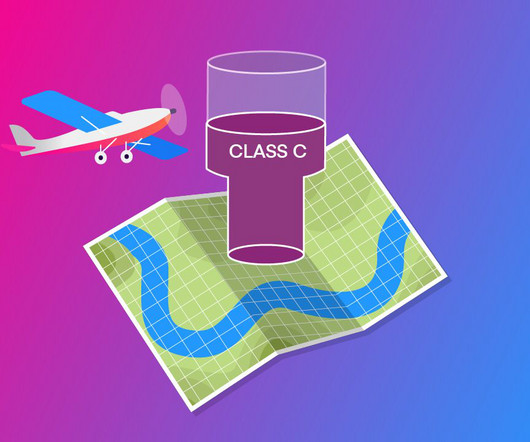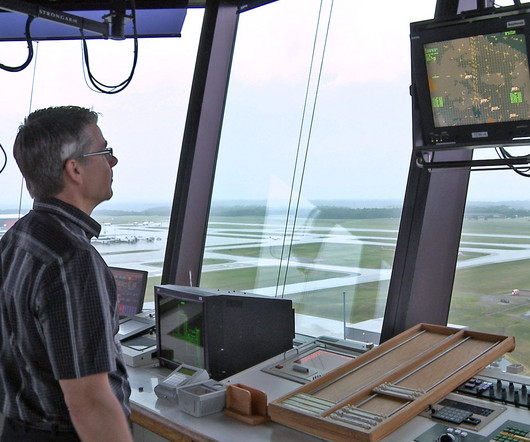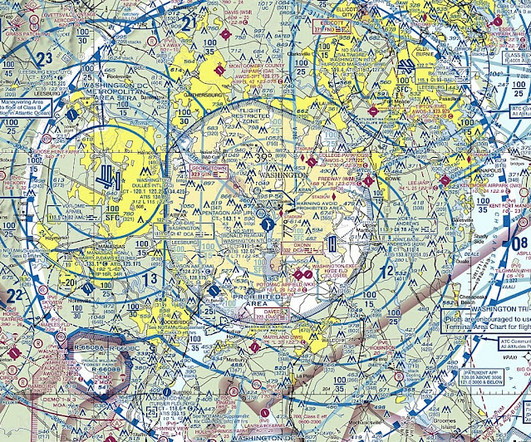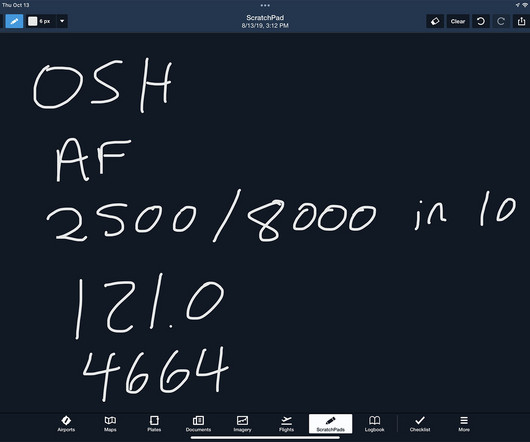Class C Airspace Explained
Pilot Institute
SEPTEMBER 26, 2024
Aircraft need to have a two-way radio, transponder with Mode C, and Automatic Dependent Surveillance-Broadcast (ADS-B) Out equipment. Maintaining awareness of airspace boundaries helps with the planning and carrying out of successful flights. Transponder with Mode C to report altitude. Altitude and intentions (e.g.,












Let's personalize your content